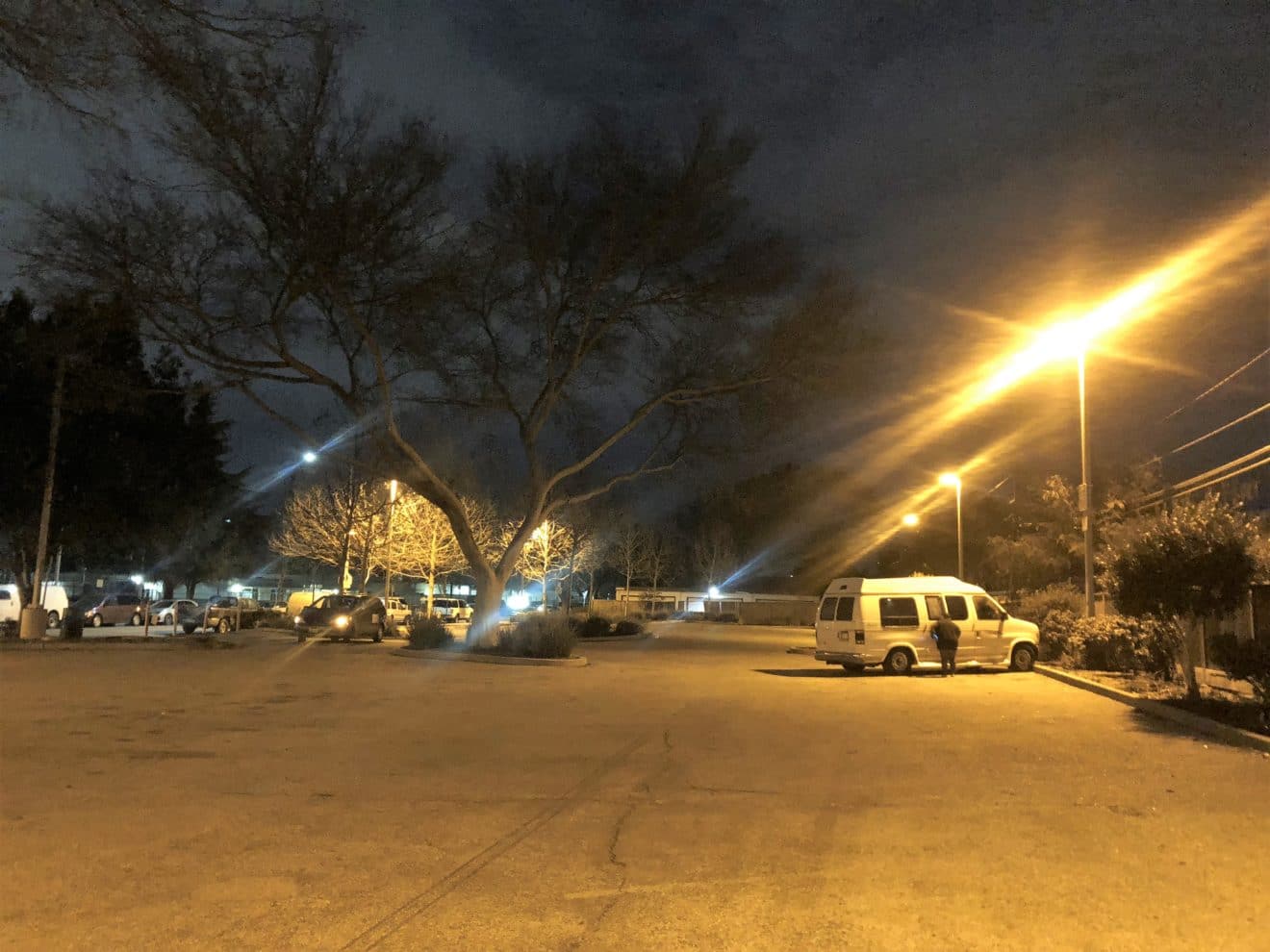“I think it’s disappointing news but not surprising,” said Leslye Corsiglia, executive director of Silicon Valley at Home. “We have worked so hard over the last two years since the last survey to house as many people as we can who were on the streets or in unstable housing. It really underscores the problem that despite the fact that thousands of homeless people have been housed, we are still seeing an increase.”
By Adam F. Hutton │afhutton.sjspotlight@gmail.com │San Jose Spotlight
Published JULY 12, 2019
Santa Clara County published the final report from its 2019 homeless count Friday, showing a significant jump in homelessness in every city across the county, except Campbell, Gilroy and Morgan Hill.
The latest report also shows a significant increase in the number of people living in RVs and other vehicles.
According to the report released Friday, an alarming 18 percent of unhoused individuals countywide live in RVs, cars and vans — about 3,655 people. That’s a whopping 146% increase since 2015, the report said. The number of people living in vehicles nearly tripled in the last two years alone, according to county officials.
The final report provides other demographic breakdowns that were not available when the overall numbers were released in May — showing a countywide spike in homelessness of 31% and a jump of 42% in San Jose.
The county counts homeless residents every other January in odd numbered years using volunteers who go into encampments and visually count unsheltered individuals and ask survey questions.
“It’s never perfect because homelessness is a difficult thing to measure,” said Kathryn Kaminski, a county spokeswoman. “But we are certainly seeing an increase in homelessness and it is significant.”
Significant, but not surprising. Because the cost-of-living in Santa Clara County is so high, any sudden change in financial status puts people at risk of becoming homeless.
“It’s not terribly shocking, because people are spending significant portions of their income on rent, which means they are one medical issue or car failure away from being on the streets,” Kaminski added.
“I think it’s disappointing news but not surprising,” said Leslye Corsiglia, executive director of Silicon Valley at Home, an advocacy group that works on affordable housing issues. “We have worked so hard over the last two years since the last survey to house as many people as we can who were on the streets or in unstable housing and it really underscores the problem that despite the fact that thousands of homeless people have been housed, we are still seeing an increase.”
In San Jose, the overall homeless count was 6,172 — an increase of 1,822 over 2017. Again, service providers in the city say it’s no surprise.
“The problem is not that people don’t know there’s a problem,” Matt King, organizing director for Sacred Heart Community Service, said on Friday. “The problem is that, whether it’s in San Jose or any other city, there is not enough political courage to take the steps we need to take to fix this.”
In Mountain View, which saw a 46% increase in its homeless population between the 2017 and 2019 counts, one homeless service provider agreed that there are no surprises in the report.
“I’m not surprised there continues to be an increase in homelessness, especially in this area,” said Tom Myers, executive director of Community Services Agency (CSA), which provides homeless services in Mountain View and Los Altos.
“We’ve seen an increase in the number of people coming through our doors declaring themselves as homeless,” Myers said, noting that in 2018 just under 600 people came to CSA asking for help with homelessness — but so far in 2019 more than 700 people have been served by the group.
And those are just the people who come into CSA saying they are homeless. The agency also provides services to people teetering on the brink of homelessness.
A city official said Mountain View’s homeless count was probably more accurate this year than in 2017 because the city actively directed county volunteers to encampments and other places in the city where homeless people were gathered.
In Sunnyvale — the second largest city in the county — which saw a 147% increase in its homeless population from 253 in 2017 to 624 in 2019, city officials also say an undercount two years ago is likely responsible for the increase.
“Clearly the 2017 numbers were not accurate,” said Sunnyvale spokeswoman Jennifer Garnett. “We’re happy to see a more accurate figure in this report, but we’re eager to work with our partners in the county and agencies like Sunnyvale Community Services to make sure we are addressing the needs of this population.”
Marie Bernard, executive director of Sunnyvale Community Services, said the increasing homeless crisis is “not going away because rents continue to be out of reach for working families and seniors living on fixed incomes.”
“And we have such a deficit between housing and jobs that it will take decades to fix,” she added, “unless we make dramatic new choices that will include providing housing for extremely low-income individuals.”
Some of the key takeaways identified by county officials are:
Seven cities showed an increase in their count, and three showed a decrease
The number of people living unsheltered in vehicles increased nearly threefold from 2017 to 2019
More than 82% of persons experiencing homelessness were unsheltered, living in places not intended for human habitation
More than 1/3 of survey respondents indicated they were experiencing homelessness for the first time, and 67% had been homeless for a year or longer
People indicated that assistance with rent/mortgage payments, employment assistance, and alcohol/drug counseling may have prevented them from becoming homeless
The biggest obstacles to obtaining housing were the affordability of rent and lack of available housing
